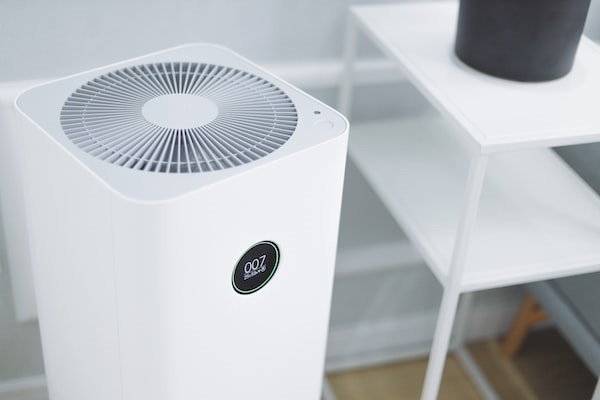When it comes to maintaining a healthy home, one of the most important features is your home’s air filter. It plays a crucial role in keeping your home’s air fresh and free from pollutants, reducing your risk of developing respiratory illnesses. However, you will only be able to reap these benefits when your filter is clean, otherwise, you run the risk of having dust, debris, and other pollutants in your home. That’s why homeowners need to be aware of the signs that it might be time to change their air filters. Fortunately, there are plenty of resources that can help. If you’re in need of advice, keep reading to find out exactly how to tell when your home air filter needs to be replaced.
How can you tell when your air filter needs to be replaced?
When it comes to maintaining indoor air quality, a clean home air filter is key. A dirty home air filter can lead to poor indoor air quality and may even cause your HVAC system to work harder than normal. In order for an air filter to be effective at trapping airborne particles, dirt, dust, pet dander, and other types of pollutants from circulating through your ductwork and into your living space, it needs to be replaced on a regular basis. A quick search for “clean vs dirty air filter home” can provide you with even more information.
Identifying when it’s time to replace your home air filter can be tricky but there are some signs you can look out for that will help you know when it needs changing. The first thing you should do is check the manufacturer’s instructions for how often you should change your filter. Most manufacturers recommend changing them at least every three months or so, depending on how often your system runs. In general, changing your filter once a month will ensure peak performance and is ideal if anyone in your household suffers from allergies or asthma.
You can use the visual inspection as an indicator of when to change the filter too. If it looks clogged with dirt or debris then it’s probably due for replacement soon. Another tell-tale sign that a new filter is needed is if decreased airflow becomes noticeable while running the HVAC system.
What else can you do to improve your home’s air quality?
Now that you know when and how to replace your air filter, let’s talk about some other things you can do to improve your home’s indoor air quality. The best thing you can do to improve the quality of your home’s indoor air is to purchase an air purifier. By removing allergens, dust, and pollutants from your indoor air, an air purifier can ensure your home’s air is clean and even reduce asthma and allergy symptoms. Just make sure you purchase an air purifier that is powerful enough for the space where you intend to use it.
You should avoid using products that contain harmful substances like volatile organic compounds as well. VOCs are a type of gas that is released from certain materials. Some common sources of VOCs include paints, lacquers, solvents, waxes, cleaning supplies, and adhesives. VOCs can cause a number of health problems, including eye, nose, and throat irritation, headaches, nausea, and dizziness. When possible, use products that are low in VOCs or that have been certified by an independent organization as low-emitting.
Overall, replacing your home air filter regularly is essential for maintaining a healthy home environment. Not only does it keep your air clean, but it also enables your HVAC system to run efficiently, potentially saving money in the long run. Changing your filter at least once every 90 days is required, but you can change yours more often than that if you’re sensitive to pollutants or have allergies. You can further improve your home’s air quality by investing in an air purifier and avoiding the use of products that contain VOCs. Follow the advice in this article so you can breathe easier whenever you’re at home.


